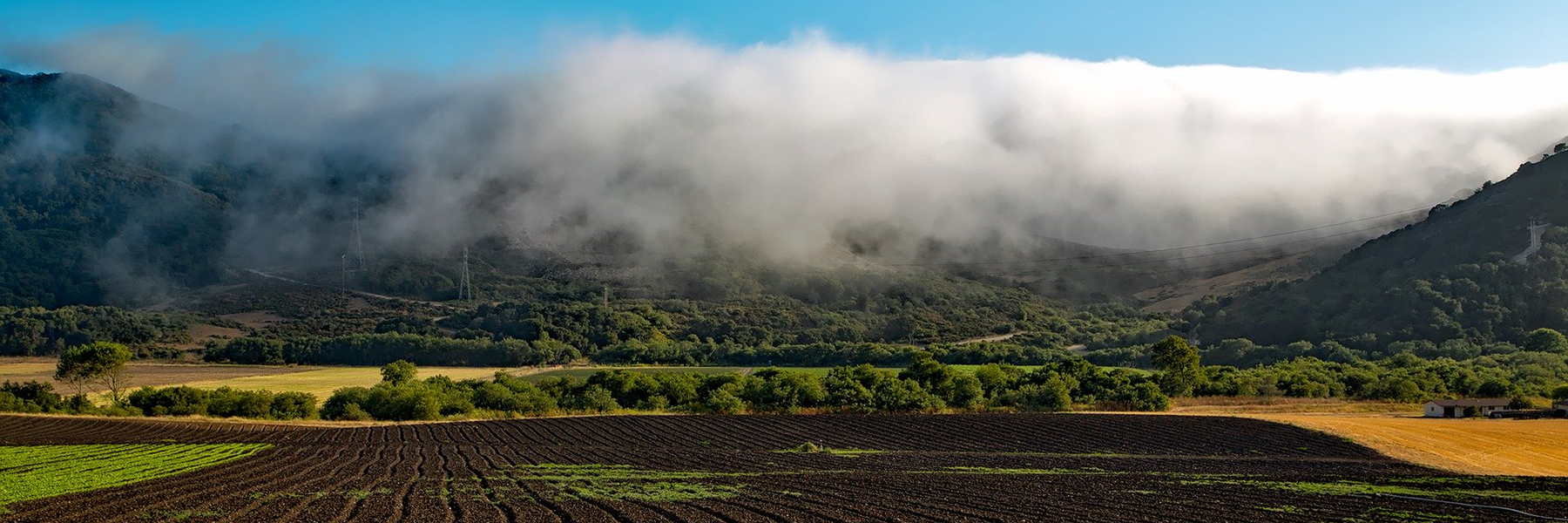New experimental model shows improved predictability of winter precipitation in the western U.S.

Current seasonal forecasts of precipitation and temperature have minimal skill across much of the western United States. Improved forecasts in the broader winter season (November-March) can greatly assist agriculture, water managers, and other decision makers. In an effort to improve forecast skill across the U.S. West, CIRES and NOAA researchers at the Physical Sciences Laboratory explored both short-term and long-term relationships between sea surface temperatures in the tropical Pacific and U.S. winter climate. These historical relationships were then used to build a simple statistical model that is more skillful than the leading seasonal climate models at far less computational expense. The results of their study, to be published in Weather and Forecasting, suggest that this statistical model improves the predictability of winter precipitation across a large portion of the western United States.
The study found a very interesting and robust statistical relationship between tropical Pacific sea surface temperatures and winter precipitation in some regions of the western United States. The strength of this observed relationship is maximized with a lag of approximately 1-1.5 years. This means that, on average, when the tropical Pacific sea surface temperatures from the previous year’s fall/winter were above normal (corresponding to an El Niño event), the current year’s winter would be expected to be wetter than normal across parts of the U.S. West. Similarly, drier-than-normal conditions would be expected following a previous year’s La Niña.
There are devastating economic, environmental, and societal consequences of droughts across the western United States. Providing more skillful seasonal climate forecasts can greatly assist water resource management and planning.
Authors of the article "Present and past sea surface temperatures: a recipe for better seasonal climate forecasts" are Matthew Switanek, Joseph Barsugli, Michael Scheuerer, and Tom Hamill of the Physical Sciences Laboratory.
Posted: June 1, 2020